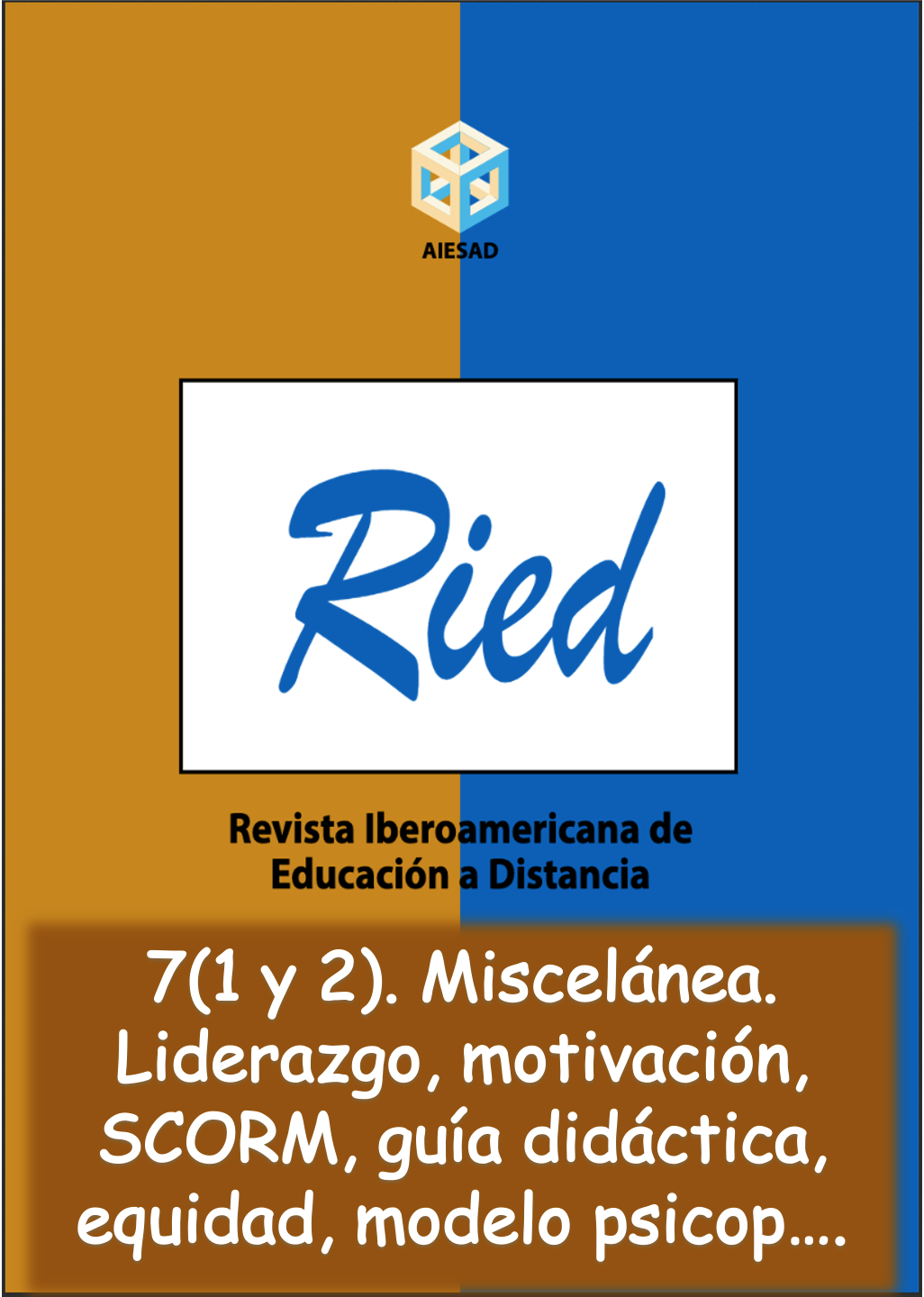LEARNING IN THE VLE-AD PLATFORM: THE ON-LINE COURSE "COLOR IN THE GRAPHIC DESIGN”
DOI:
https://doi.org/10.5944/ried.7.1-2.1087Keywords:
ABP, virtual learning environments, architecture and designAbstract
This article presents the theoretical basis and the structure that supports the learning activities in the VLE-AD platform (Virtual Learning Environments in Architecture and Design). The problem-bases-learning theory, the communication and information technology, and the collaborative learning form the supported tripod of this specific Virtual Learning Environment. The production, communication, information, documentation and coordination axis are highlighted as the main conceptual and technical issues for supporting learning activities. The online course "The Color in Graphic Design" was used to validate the VLE-AD project. In the course, a group of undergraduate students solved problems on applied color to the Graphic Design in a collaborative way and at distance.
Downloads
Downloads
How to Cite
Issue
Section
License
The articles that are published in this journal are subject to the following terms:
1. The authors grant the exploitation rights of the work accepted for publication to RIED, guarantee to the journal the right to be the first publication of research understaken and permit the journal to distribute the work published under the license indicated in point 2.
2. The articles are published in the electronic edition of the journal under a Creative Commons Attribution 4.0 International (CC BY 4.0) license. You can copy and redistribute the material in any medium or format, adapt, remix, transform, and build upon the material for any purpose, even commercially. You must give appropriate credit, provide a link to the license, and indicate if changes were made. You may do so in any reasonable manner, but not in any way that suggests the licensor endorses you or your use.
3. Conditions for self-archiving. Authors are encouraged to disseminate electronically the OnlineFirst version (assessed version and accepted for publication) of its articles before publication, always with reference to its publication by RIED, favoring its circulation and dissemination earlier and with this a possible increase in its citation and reach among the academic community.








